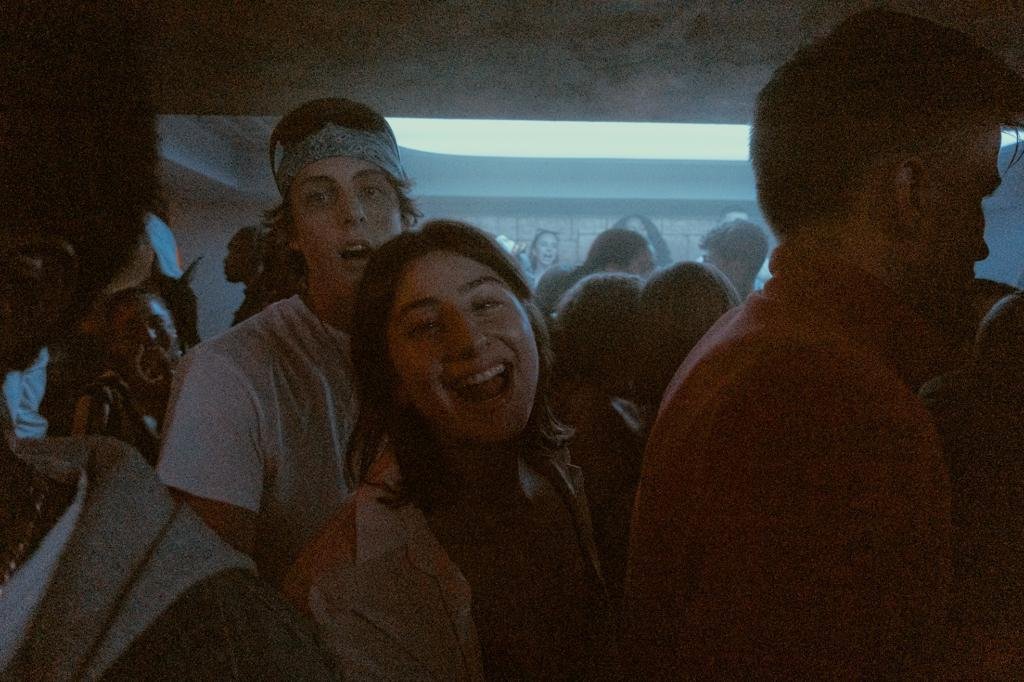Mastering the Art of Portrait Photography in Low Light Conditions
Low light photography can be challenging, but it can also produce beautiful and dramatic results. When it comes to portrait photography, low light conditions can add depth and mood to an image. In this blog post, we'll explore some tips and tricks for mastering the art of portrait photography in low light conditions.
Use a tripod: A tripod is essential for low light photography. It will keep your camera steady, allowing you to capture sharp images at slow shutter speeds.
Use a fast lens: A fast lens, also known as a lens with a wide aperture (f/1.4, f/1.8, f/2.8) will allow more light to enter the camera and will help you achieve a shallow depth of field, which can help to isolate the subject and create a sense of depth.
Adjust your ISO: ISO is the measure of a camera's sensitivity to light. In low light conditions, you will need to raise the ISO to allow the camera to capture more light. Keep in mind that raising the ISO can also increase the amount of noise in your image.
Use a flash: A flash can help to add light to your subject's face and can help to freeze motion in low light conditions. If you're using a flash, make sure to use a diffuser to soften the light and avoid harsh shadows.
Experiment with different shutter speeds: Shutter speed controls the amount of time the camera's sensor is exposed to light. In low light conditions, you can use slower shutter speeds to capture more light. However, keep in mind that slower shutter speeds can also lead to motion blur.
Use available light: Available light can be used to create mood and depth in low light conditions. Look for light sources such as street lamps, candles, or window light to add interest to your image.
Edit your images: Post-processing your images can help to enhance the mood and depth of your low light portraits. Experiment with different editing techniques such as increasing contrast, adjusting the white balance, and adding noise reduction to achieve the desired look.
In conclusion, low light photography can be challenging, but it can also produce beautiful and dramatic results. By using a tripod, fast lens, adjusting ISO, using flash and available light, experimenting with different shutter speeds and post-processing your images, you can master the art of portrait photography in low light conditions. Remember to always keep experimenting and trying new techniques to achieve the desired results.
